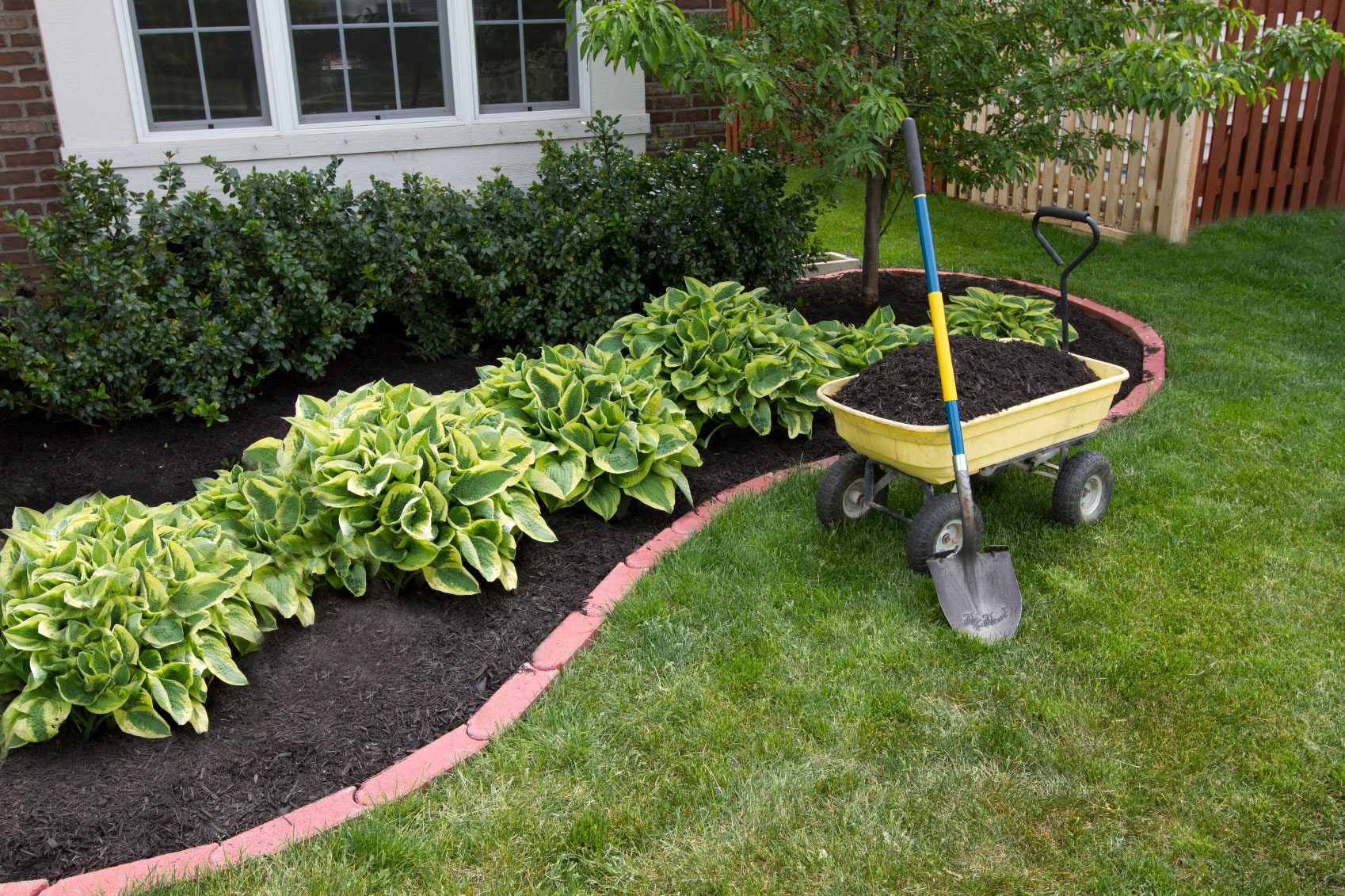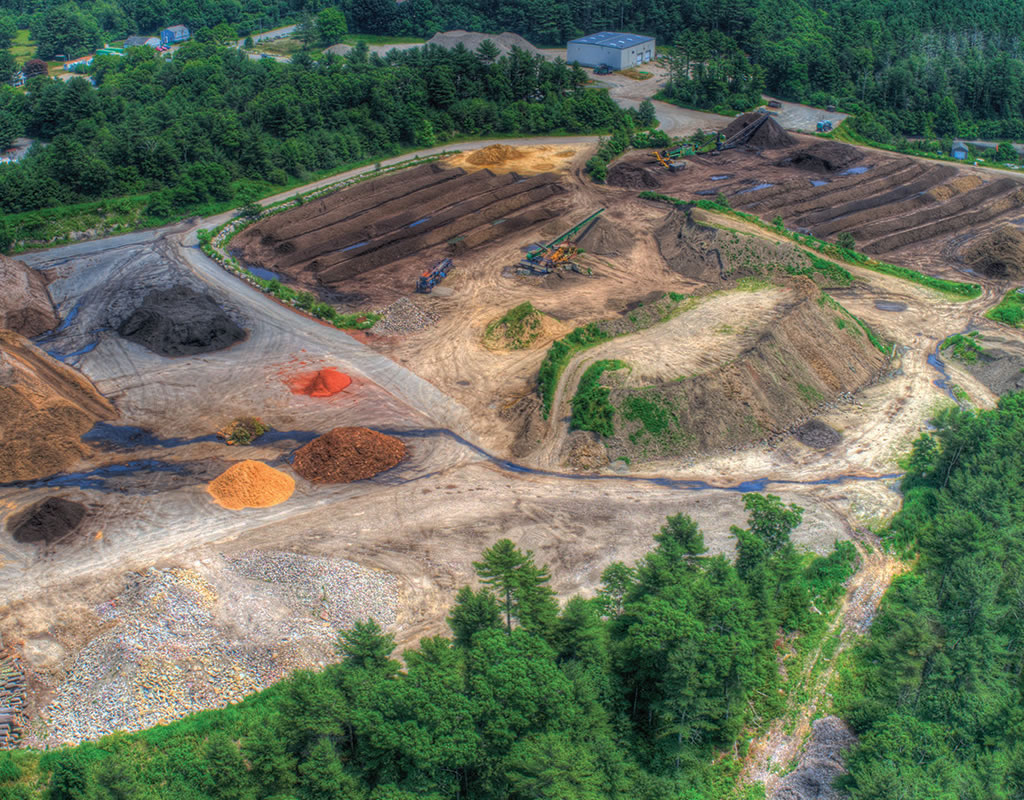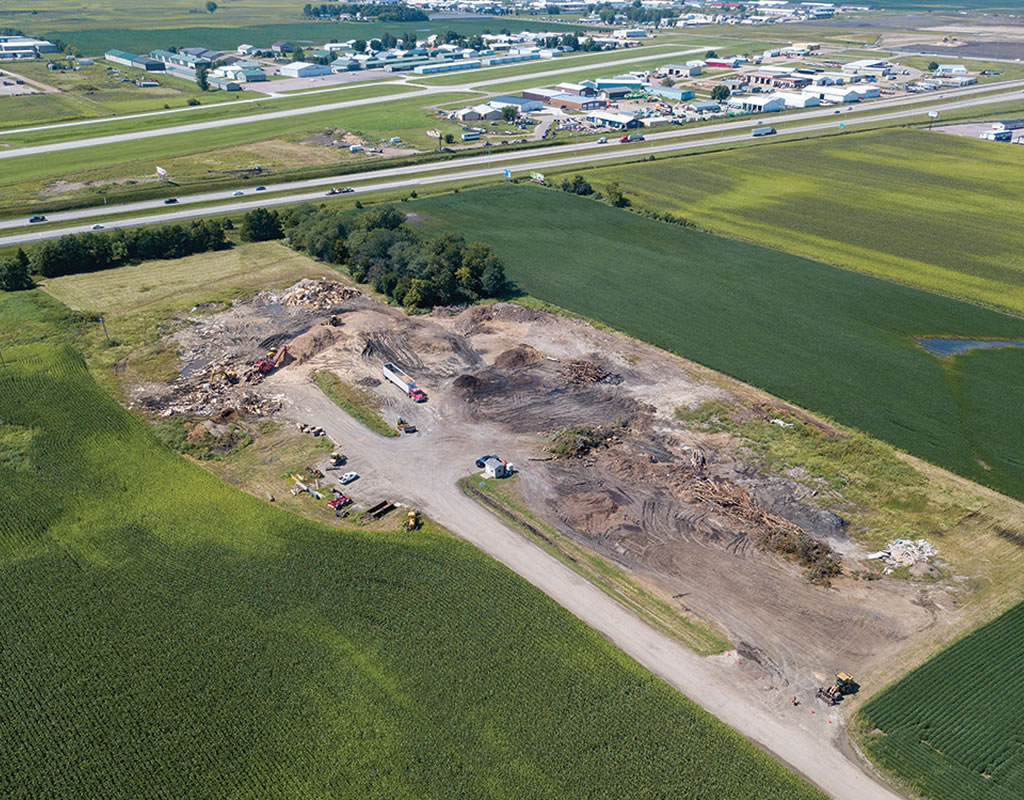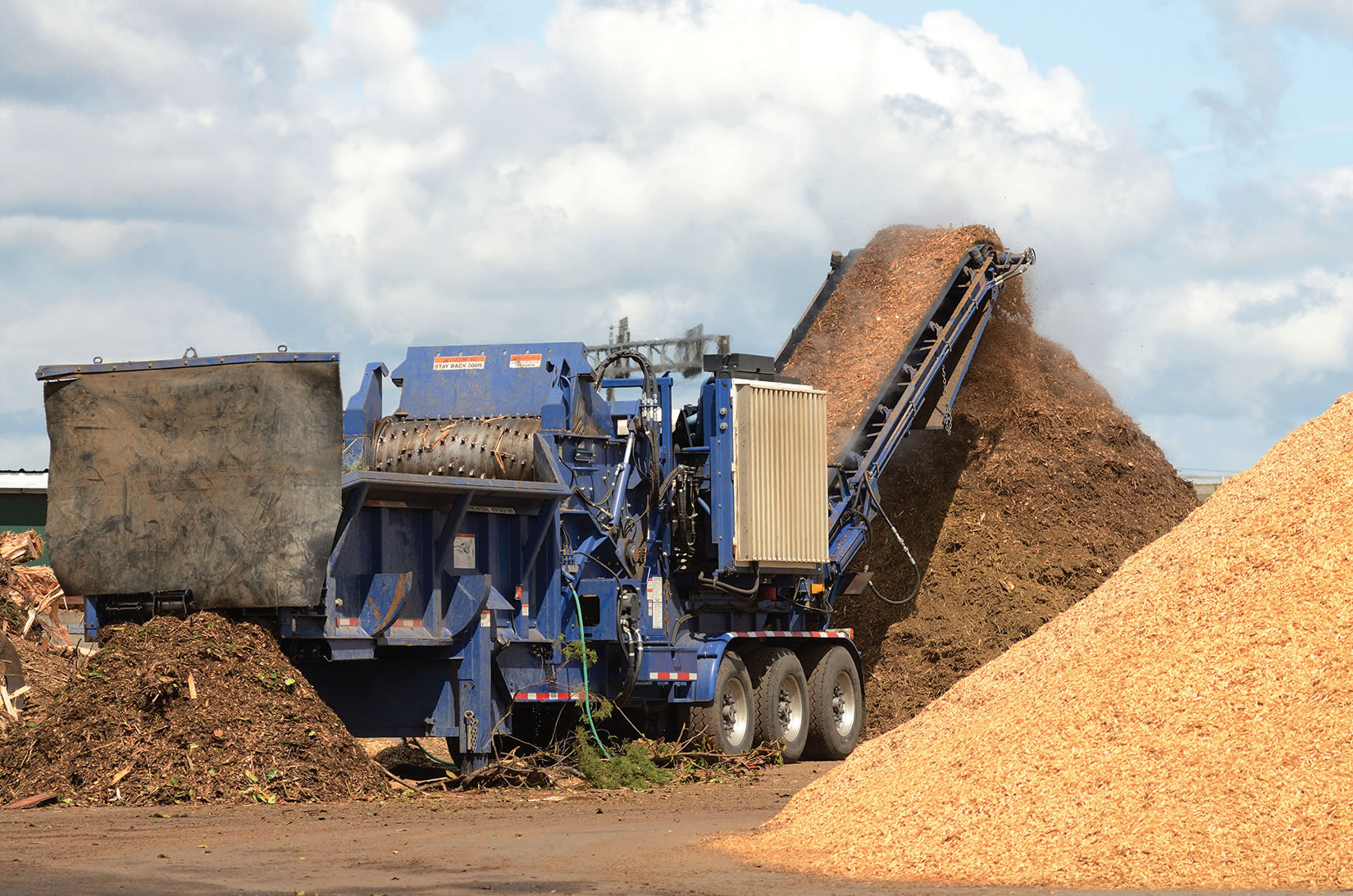By Dr. Brian E. Jackson
Once upon a time growers could call their growing media supplier(s) and have product ordered, shipped, and delivered within days. It is no mystery to anyone today that “those days” are gone, at least for the foreseeable future. The global growing media industry, like so many others in horticulture, has experienced unprecedented product demand which has led to product shortages, long delivery times, or in many instances the inability to take or fill product orders from new, low volume, or sporadic customers.
The impact that the pandemic has had on horticulture is pretty well documented, experienced, and understood at this point as we near the end of 2021. Increased sales, increased crop production, increased profits (to most), increased everything. Everything, including fuel, plastics, fertilizers, labels, labor and growing media! In addition to the recent demand for soilless growing media, there are a couple of other underlying factors that have contributed to what we are now experiencing in the supply chain of the growing media industry.
First, is the projected future demand of all types of soilless growing media between now and 2050. This demand, expected to increase at least four-fold, is driven by many factors. The accelerated increase in soilless growing systems (and acreage) in China alone can account for huge volumes of growing media being diverted to that emerging market. Secondly, here in North America as well as Europe and South America, the ever-increasing adoption of many soft fruit crops to soilless growing systems (which need soilless substrates), the continued success and expansion of the Cannabis industry, record-breaking development and construction of vertical farming systems and other controlled environment spaces…all of which grow crops on/with some type of organic or inorganic soilless substrate material.
Throughout most of the pandemic, most growing media suppliers were working to fulfill customer orders using the existing raw material resources that had met demand successfully prior to 2020. The sourcing of new or larger volumes of raw materials was challenging for many (most) suppliers due to competition of raw materials from other markets, transport issues of materials, or the need of capital investments to scale up processing, harvesting, or transport of materials. In the 18 months since demand drastically spiked, most suppliers have initiated the needed investments to increase raw material acquisition, raw material processing and handling processes, mix formulation, and overall production output.
Peat producers in Canada have progressively sought to properly license and open new peat bogs (from Alberta to New Brunswick) to enhance raw material access and harvested volumes while also employing all possible practices to keep their processing (mix manufacturing) facilities fully staffed and operational around the clock despite the pandemic. Manufacturers of engineered wood fiber, most of whom are some of the largest peat producers in Europe, have installed over a dozen new refining facilities (disc refers and screw extruders) across Europe in the last two years to help cope with product demand. Wood fiber manufacturing in North America has not kept up as well or been as progressive therefore the opportunity for wood product development and commercialization grows greater by the day. While some increase in production as occurred, the need for more products, higher volume, and more suppliers remains high. The use of bark (fresh, aged, or composted) remains exceptionally high in North America and thanks to aggressive timber harvesting to keep up with the construction boom at home and abroad, raw bark from the timber/lumber industry remains abundant which is good for bark processors and suppliers to the horticultural market. Other organic materials including rice hulls, recycled organics (i.e. PittMoss), composts, anaerobically digested materials, and other forestry or agronomic-based fiber have also greatly enhanced production capacities and product offerings.
Transport of substrate components as well as finished ready-to-use growing media have been hampered by the historic transportation gridlock that has strangled supply chains across the world. Namely, products like perlite ore (Greece is a primary source), coconut coir (Sri Lank, South India, Philippine’s and Mexico are primary sources), vermiculite (North America and South Africa), some rock wools (many sources in Europe), and European peat and wood fiber have been especially hard hit. Not exempt from the transportation issues, Canadian peat delivery to points across the US have also struggled to keep up with demand.
Even with abundant raw material resources, major challenges have contributed to the supply chain issues of many growing media products. First, pandemic-related personnel issues (illness, quarantine, care for family, education of at-home children, etc.) faced by substrate suppliers was often crippling to these businesses trying to make and export products. Even as the immediate pandemic effects on personnel have lessened (thanks to the vaccine), the economic climate and severe labor shortages that followed have remained burdensome to many. In conversations with many growing media suppliers, one of the other realities that became clear is that despite having raw materials on-site to use in substrate formulation, they were limited by the processing capacities of existing equipment or facilities. Perlite is a good example. A super popular growing media component saw severe supply shortages this past year, but in many cases that was not due to perlite ore running out or being unavailable as a result of shipping backlogs, but instead it was due to the limited “popping” capabilities at perlite and growing media manufacturer facilities. Perlite ore is a rock that must be “popped” in kiln-like machines at super high temperatures to be transformed into the lightweight puffy aggregates you are familiar with seeing in your substrates.
Looking ahead, many growers are also adopting new business strategies, production practices, marketing plans, sustainability polices, and collaborative initiatives as some means by which to evolve their operations into successful businesses of the future. For example, there is evidence of increasing demand (by growers) for sustainable automation-ready substrates, peat free or reduced substrates, pledges to have plastic free growing operations within the next decade, plans for carbon neutral operations, resilient crop production systems, and other sustainable business practices of importance to specific regions of the country.
Like all other horticultural producers and industries, the growing media industry is responding as quickly and responsibly as possible to adjust to today’s new norms, adjusted customer expectations, transportation nightmares (realities) and expanding markets. Looking forward into 2022 growers are encouraged to build and maintain strong relationships with growing media suppliers, place product orders months in advance, order more volume than you have in the past in case of increased production decisions, and be willing to trial or adopt new growing media components or formulations that may require changes in production cultural practices. As national and global demand increases and growing media becomes more essential to more crops and more markets, the future may never go back to “the way it used to be” in regard to substrate prices and availability, but things will eventually improve from the peak demand and supply chain gridlock seen in 2021. Dr. Brian E. Jackson is a Professor of Substrate Science and Director of the Horticultural Substrates Laboratory at NC State University. Brian can be reached at Brian_Jackson@ncsu.edu.
Related News
Subscribe Today
Every other month, Soil & Mulch Producer
News brings you important stories about:
• New Technology
• Products
• Industry News
• Research Studies
Soil & Mulch Producer News features articles and services relevant to your daily operations.











